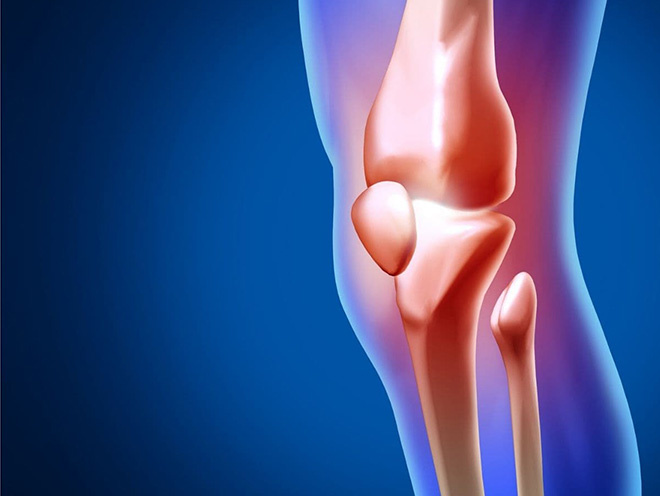Любая злокачественная опухоль, которая возникает из мезенхимальных тканей, таких как клетчатка, жир, гладкие мышцы, поперечно-полосатые мышцы, мезотелий, синовиальная оболочка, кровеносные сосуды, лимфатические сосуды и т. д. и расположена в мягкой ткани (за исключением внутренних органов), называется раком мягких тканей, также известной как саркома мягких тканей. Саркома может возникать в мягких тканях по всему телу, особенно в конечностях, туловище, забрюшинном пространстве, голове и шее, но конечности являются наиболее распространенными, составляя около 60% всех случаев. Частота рака мягких тканей составляет около 2/100 000–3/100 000, что составляет 1% злокачественных опухолей у взрослых, без гендерных различий. Как правило, уровень заболеваемости выше у людей среднего и пожилого возраста. Это злокачественная опухоль, которая может легко распространяться на окружающие нормальные ткани, а уровень смертности от нее достигает 2%.
Причины рака мягких тканей
В настоящее время медицинское сообщество не очень ясно понимает причины рака мягких тканей, но обычно считается, что его патогенные факторы не являются единственными.
1. Врожденные пороки развития: гемангиомы чаще встречаются у младенцев и детей. Большинство этих поражений обнаруживаются после рождения. По мере роста детей сосудистые поражения будут увеличиваться пропорционально, никогда не исчезнут сами по себе и не имеют истории быстрого роста.
2. Семейное наследование: исследования показали, что многие опухолевые клетки показывают хромосомные аномалии. Люди с хромосомными аномалиями имеют более высокую заболеваемость опухолями, чем нормальные люди, и существует явление семейного наследования.
3. Стимуляция инородным телом: эксперименты на животных и клинические наблюдения показывают, что длительная физическая стимуляция инородными телами организма может вызвать рак мягких тканей.
4. Химическая стимуляция: эпидемиологические исследования показали, что у небольшого числа рабочих, которые имеют длительный контакт с поливинилхлоридом, развивается гепатоангиосаркома.
5. Травма: Значительное количество пациентов с раком мягких тканей имеют четкую историю травмы в месте опухоли.
Итак, можно ли вылечить рак мягких тканей на средней и поздней стадии? Минимально инвазивное лечение с меньшей травмой, меньшим количеством побочных эффектов и лучшей эффективностью может эффективно помочь пациентам сохранить ткани органов, избежать хирургической резекции и избежать боли традиционной радиотерапии и химиотерапии.
Опухоли мягких тканей — это опухоли, которые возникают в мезенхимальных тканях, включая доброкачественные опухоли из эпидермиса и дермы, кистозные поражения и злокачественные опухоли, расположенные в глубокой фасции. Большинство опухолей мягких тканей являются доброкачественными опухолями, а проявления доброкачественных и злокачественных опухолей схожи. В принципе, все злокачественные опухоли, возникающие в мягких тканях, называются саркомами.





